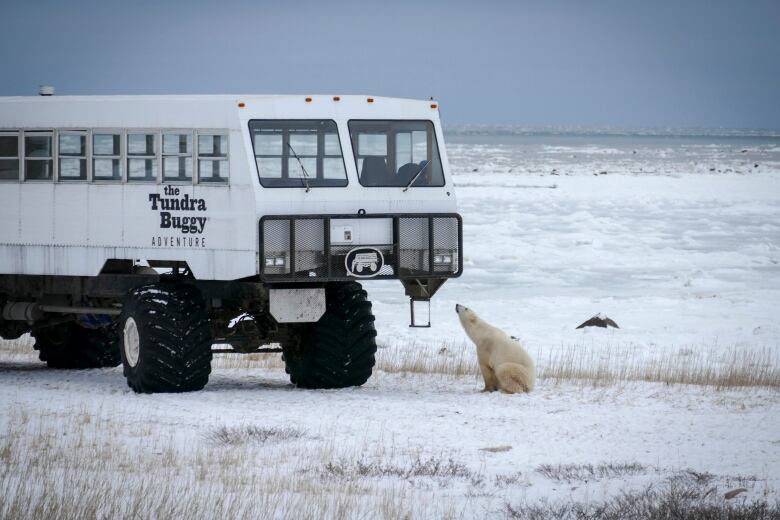Visits to Manitoba lag behind pre-pandemic levels, but those who come are spending more
'I'd say the future isvery strong in the tourism industry': Travel Manitoba CEO

Canada's heart is calling, but it might need to start shouting a little.
Travel Manitoba's marketing campaign and slogan, aimed atdrawingtouriststo the province, could use a little more urgency, based on the latest available data.
Visitors to Manitoba in 2022spent just over $1.8 billion,exceeding2019's record levels by about $160 million. That's also far above thegoalset earlier this year, to hit the$1.6-billion mark by2024.
"We were surprised at that, so there is cautious optimism,"Travel Manitoba CEO Colin Ferguson said in an interview.
However, the number of tourists still lags well behind pre-pandemic levels.
According to data released Thursday by Travel Manitoba at its annual general meeting in Winnipeg,visits by Canadians to the province last year reached about85 per cent of the 2019 levels, whilevisits from the U.S.were nearly half the 2019 levels and visits by people fromoverseas were about a third.
Overall, themajority of visitors 87 per cent wereManitobansvisiting other parts of the province.Ten per cent were from other Canadian provinces, 2.4 per cent from the U.S. and 0.45 per cent from overseas.
"It remains clear thatManitoba's tourism industry still has a way to go from a recovery perspective, particularly for international markets," Ferguson said.
"The tourism industry was one of the first industries hit by the pandemic, and we will be one of the last, if not the last, to fully recover."

Inflation, economic uncertainty, labour shortages and air access continue to negatively affect the industry, he said, but noted at least one of those is starting to improve.
Direct flights between Winnipeg andLos Angeles, as well as Winnipeg-Atlanta and Winnipeg-Minneapolis have since come on board.
"We are hoping to get Chicago and Denver back,particularly to serve the U.S. angling and hunting markets," Ferguson said.
Fly-in hunting andfishing camps, whichrely heavily on international visitors, were hit particularly hard during the pandemic and have had a slow rebound.
However, the spending improvement is a sign the industry is headed in the right direction, Ferguson said.
In fact, the spending rate in Manitoba is ahead of the Canadian average, according to Travel Manitoba, which cited Statistics Canada.
The 2022 tourism spending exceeded 2019 by 10 per cent, while Canada as a whole was only three per cent above 2019 levels. Analysts say this is due to the fact that many parts of Canada rely more heavily on international travellers thanManitoba, and internationaltravelhas been slower to recover, theTravel Manitoba release said.

The hotel industry is also seeing positive signs with both revenue and occupancy exceeding 2019 levels last year.The occupancy levels were also ahead of the Canadian average, the release says.
However, those numbers are being taken with a grain of salt.
While leisure and businesstravelcontributed, a portion is also dueto housing people from around the province who were forced from their communities due to floods and fires, as well asnewcomers, Ukrainian war refugeesand construction and mining crews working in the province.
Ferguson said he is excited about the province's new government, which was sworn in on Wednesday, because "they are very bullish on driving the economy and we believe that the tourism industry is a key driver of that."
"Once those visitation numbers increase and we start to move back toward2019 [levels] and beyond, we will see even greater spending in the province," he added.
"So I'd say the future isvery strong in the tourism industry."
TheManitobaTourism Strategy, a document that guides the growth and development ofthe province'stourism industry, has seta target of 12.8 million visitors and $2.5 billion in visitor spendingby 2030. That equates roughly to a 50 per cent growth in visitor spending levels compared to 2019.
With files from Meaghan Ketcheson












_(720p).jpg)


 OFFICIAL HD MUSIC VIDEO.jpg)
.jpg)



























































































